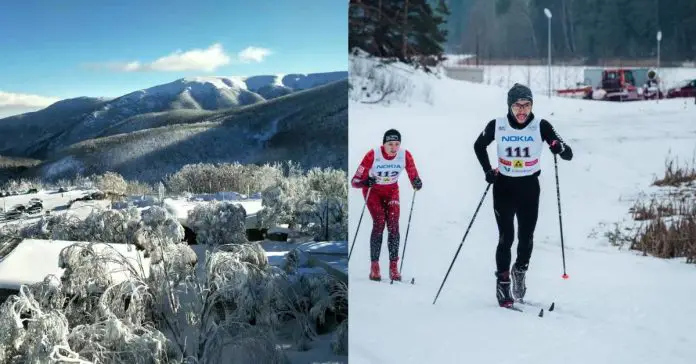When people mention being an athlete in Malaysia, there might be a few sports that automatically come to mind. Badminton, surely? Maybe diving. Maybe cycling. But what about winter sports? With Malaysia being a tropical country and no snowfall, winter sports would understandably not be one of the first things we’d think about. Even then, we might think about ice-skating or ice hockey first, rather than skiing. After all, we have ice rinks, but no mountainous terrain where skiing usually takes place. So what it’s like being a winter sport athlete in Malaysia, especially a cross-country skier? Time to find out!
The Allure of Winter and the Invitation of Fate
When I first started skiing, it was never my intention to go pro, or that I had any huge ambitions. Rather, it was the passion of being outdoors and close to nature that drew me to the sport. I also didn’t start off by going into cross-country skiing right away; I tried out different types of winter sports before picking up cross-country skiing. It was the year 2017, and I was a junior bodybuilder then. My friend who was a gym manager at a ski resort in Austria invited me to spend my winter holidays there, and that was my introduction to skiing. Interest aside, skiing was also part necessity in the area, as some locations there were only accessible via skiing. Before long, I fell in love with the sport.

Might as Well Train
I continued to ski in different places, including Slovakia and Poland, where I met a group of cross-country skiing enthusiasts who were training in the area. We hit it off, and they graciously allowed me to train with them, complete with a coach! I tried my best to follow their training, and this is what a typical day of training looks like:
- Run/cycle for about an hour first thing in the morning
- Breakfast
- Ski training for an hour or more
- Lunch/break
- Interval training (periodically, not daily) – repeat skiing up and downhill with a set amount of rest time in between each set
Meeting these ski friends and joining in their training made me think a step further: what if I signed up to try for the Winter Olympics?
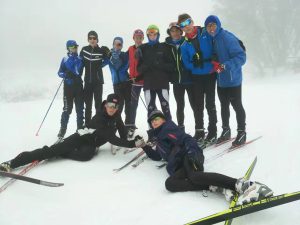
Journey to the Olympics
Disclaimer: I did not actually make it to the Olympics, but this is what I went through in my attempts to qualify. As cross-country skiing is a winter sport, there are seasons for it, and every year the season starts in July till April of the following year. Most start preparing in July, but the qualifying events are usually held in January onwards till March, while April sees more of marathon events. The rules and regulations are different each time, so no one knows what the qualifying process is till it is announced. For the most recent Winter Olympics, we had to collect points by taking part in the various qualifying events. Once you amassed a certain amount of points, you’re in for a qualifier round, in which you have to meet certain criteria as well, and then maintain it till the time of the Olympics.
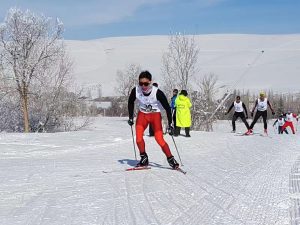
When in Malaysia…
It’s going to be extremely hard to train in Malaysia, for the ski part at least. The terrain can be imitated, yes, and instead of “natural” snow we can always use man-made snow, but the investment in setting this up is huge. Maintaining the temperature is one thing (man-made snow requires a temperature of about -3°C), and we’ll also need grooming machines to make the snow even, kind of like how roads are made. I’d love to try again for the next Winter Olympics, but with COVID things are still somewhat in the air, and we’re all waiting for the rules to be announced as well. I’ll have to plan my training around the correct timing, but meanwhile, I’m still keeping myself active by running, cycling, and other forms of exercise.
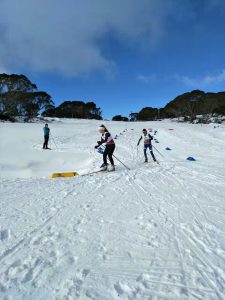
The Thrills of Skiing
I’ve run out of track. I’ve skied into trees. The most important thing to know about cross-country skiing is that you have to be familiar with the track to avoid getting into accidents–and even if you’re at the exact same location, the track might be different each time you’re there due to snow level among other things. Going downhill is more thrilling since you’ll be going at a faster speed, so you’ll need faster reflexes to navigate sharp turns or steep slopes. One of the hardest tracks I’ve encountered was in Hokkaido, Japan, but funny story for a track in Europe: I think I wasn’t the only one who skied into a particular tree on that track, because when I went back after my initial visit, the tree had been wrapped in sponge. I’m guessing that there were repeated incidents involving that tree which were brought up to the management, so someone did something about it.
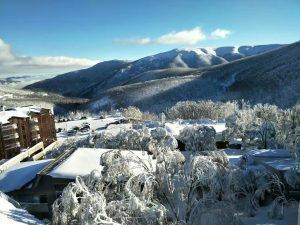
My favourite thing about skiing? It has got to be the spectacular views waiting to be explored along the journey, especially skies are clear. The friendships I’ve made and nurtured through cross-country skiing as just as valuable!
Story contributed by Tang Wei Yan, a Malaysian who’s a cross-country skier. All images courtesy of Wei Yan.


